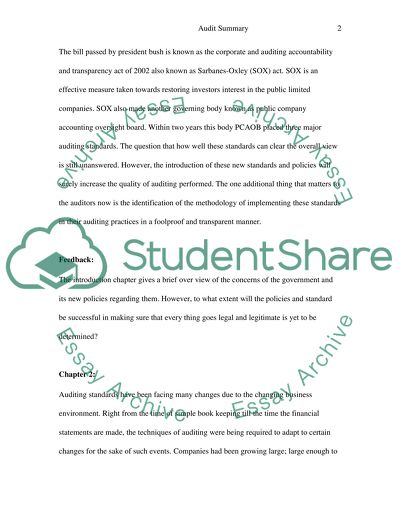Cite this document
(“The 21 st Century Public Company Audit Summary Essay”, n.d.)
The 21 st Century Public Company Audit Summary Essay. Retrieved from https://studentshare.org/miscellaneous/1532172-the-21-st-century-public-company-audit-summary
The 21 st Century Public Company Audit Summary Essay. Retrieved from https://studentshare.org/miscellaneous/1532172-the-21-st-century-public-company-audit-summary
(The 21 St Century Public Company Audit Summary Essay)
The 21 St Century Public Company Audit Summary Essay. https://studentshare.org/miscellaneous/1532172-the-21-st-century-public-company-audit-summary.
The 21 St Century Public Company Audit Summary Essay. https://studentshare.org/miscellaneous/1532172-the-21-st-century-public-company-audit-summary.
“The 21 St Century Public Company Audit Summary Essay”, n.d. https://studentshare.org/miscellaneous/1532172-the-21-st-century-public-company-audit-summary.


